Volume 9 Issue 1 pp. 83-96 • doi: 10.15627/jd.2022.6
Daylighting Performance of Integrated Light Shelf with Horizontal Light Pipe System for Deep Plan High-Rise Office in Tropical Climate
Christopher Heng Yii Sern,* Louis Ting Kwang Liou, Sharifah Fairuz Syed Fadzil
Author affiliations
School of Housing, Building, and Planning, Universiti Sains Malaysia, 11800 USM Penang, Malaysia
*Corresponding author.
chrisheng@usm.my (C. H. Y. Sern)
louis.tkl@hotmail.com (L. T. K. Liou)
sfsf@usm.my (S. F. S. Fadzil)
History: Received 18 March 2022 | Revised 20 April 2022 | Accepted 2 May 2022 | Published online 10 June 2022
Copyright: © 2022 The Author(s). Published by solarlits.com. This is an open access article under the CC BY license (http://creativecommons.org/licenses/by/4.0/).
Citation: Christopher Heng Yii Sern, Louis Ting Kwang Liou, Sharifah Fairuz Syed Fadzil, Daylighting Performance of Integrated Light Shelf with Horizontal Light Pipe System for Deep Plan High-Rise Office in Tropical Climate, Journal of Daylighting 9 (2022) 83-96. https://dx.doi.org/10.15627/jd.2022.6
Figures and tables
Abstract
Tropical countries such as Malaysia receives a significant amount of daylight. The utilisation of this renewable resource in a high-rise office building leads to opportunities and challenges. Deep plan spaces in such buildings provide challenges to create a uniform daylight distribution across the room. An integrated light shelf (LS) with horizontal light pipe (LP) offers a solution to cater to this problem. Seven (7) different types of LS angle configurations were simulated through Integrated Environment Solution Virtual Environment to assess their daylight performance with integrated LP using overcast and intermediate sky with four orientations. The results showed that the integration of LS to LP improved the daylight uniformity across the room. LS5 with an angle of -15° performed best when compared to a room with only LP installed for all the design days and orientations. The integration of LP and LS5 was able to shade the front portion of the room while providing illumination at the rear spaces. The findings of this study promote the use of integrated LS and LP in deep open-plan high-rise office buildings for building designers.
Keywords
Light pipe, Light shelf, Daylight, Light distribution
1. Introduction
Tropical countries such as Malaysia have significant amount of daylight throughout the day. Between the working hours of 09:00 and 17:00, there is more than 20,000 lx available. Only a small portion of 300-400 lx is required for office usage [1]. Hence, this creates a great opportunity to harvest this renewable energy resource in the tropical region [2-4].
Studies have shown that having daylight in an office can benefit the occupants physiologically and psychologically [5]. This increases the productivity of the office workers and reduces absentees due to the healthier working environment. The utilisation of daylight also enables cooling load savings as daylight produces less heat when comparing to electrical lighting with similar light amount [6-9].
Proper design of a deep open plan in a high-rise office building is required for users to have access to daylight across the room. Deep plan, where the depth is usually more than 10m without any partition in the middle, has the threat of receiving no illuminance at the end of the space. This deters from reaping the benefit of daylight.
daylight can be transported into the deep interior by employing a light transport system such as a horizontal light pipe (LP) [10-14]. Though previous research had investigated the vertical LP usage [15-17], it is not feasible to use a vertical LP in a high-rise office building as it requires sacrificing valuable space for daylight transport from the rooftop to the floors below. A horizontal LP can also be retrofitted easilt at the plenum space of each floor [18]. However, the daylight distribution in a room with horizontal LP has contrasting illumination level which will cause visual discomfort at both ends of the space where the front, middle, and rear portion of the room received above 500 lx, 300-500 lx, and 100-300 lx respectively. According to the author’s preliminary research, integrating shading devices with LP has the potential to attain a more uniform daylight distribution [10].
This research aims to further study the integration of shading devices, particularly light shelf (LS), to a room with horizontal LP through Integrated Environment Solution Virtual Environment (IESVE) simulation tool to achieve optimum daylight utilisation in a deep open-plan high-rise office building in a tropical climate. Studies have shown that LS has the potential to generate uniform daylight distribution by providing shade while reflecting daylight into a deeper interior, but they are only limited to shorter span spaces [11,19,20]. The daylight assessment criteria used in this research are Daylight Factor (DF), daylight ratio with estimated indoor illuminance, and work plane illuminance ratio. For the purpose of this study, average estimated exterior global illuminance values from tropical climate which were 27,104 lx, 84,613 lx, and 74,991 lx for 09:00, 12:00, and 15:00 were used [18].
2. Methods
This study used IESVE as a simulation tool to assess the daylighting performance on the integration of LP and shading device. The software is able to construct geometrical models that are required such as the room, LP, and shading device. Furthermore, the Radiance simulation engine that is available in the software employs the calculation of the ray-tracing method. The calculation method considers the reflection, transmission, and refraction values of the material’s surface. The software has been validated by previous studies [8,18,21,22].
IESVE contains several sky components for simulation such as sunny, standard clear, standard International Commission on Illumination (CIE) overcast, intermediate sky with sun, intermediate sky without sun, uniform cloudy, and 10k lx CIE overcast. Although there is dissimilarity between these sky models and tropical sky conditions where the former tends to have lower values, previous studies show that these differences can be reduced by converting the absolute illuminance values from the work plane illuminance into relative ratios between the indoor and outdoor illuminance value such as daylight ratio [5,18]. Daylight ratio values are calculated using Eq. (1).
where DR is daylight ratio, and WPI is the work plane illuminance value.
2.1. LP daylighting simulation
In this study, LS was used as shading device. Seven configurations with four orientations and a base case were used for simulation as shown in Table 1. The LS configurations have different angles, i.e., +45°, +30°, +15°, 0°, -15°, -30°, and -45° (Fig. 1), which affect the light reflection and shading function based on the sun position.
A deep plan office room of 6.0m x 12.0m x 2.7m with semi-circle LP which served as a base case was modelled in IESVE as shown in Fig. 2. The model is based on a typical high-rise office facade with a window to wall ratio of 0.55 (5.6m x 1.6m). The semi-circle LP has a diameter of 2.0m with two openings for interior light distribution and span along with the depth of the room. The dimension for each of the openings is 2.0m x 2.0m. The surface properties, such as specularity, reflectance, roughness, type, and visible transmittance, set for the model are shown in Table 2.
The simulation process employed 10k lux overcast sky and CIE intermediate sky with the sun for three timings (09:00, 12:00, and 15:00) and three design days (21st March, 22nd June, and 22nd December). The work plane illuminance values for these simulations were obtained for analysis.
Figure 2
Fig. 2. Model of simulation room with semi-circle LP with two openings as base case configuration.
2.2. Criteria of analysis
The performance of each case in a worst-case scenario using overcast sky was evaluated using the average DF through Eq. (2). Figure 3 shows the division of the room to evaluate the DF according to the specific area.
Figure 3
Fig. 3. Division of room into three areas based on distance from the room opening: Row 1 to 4, Row 5 to 8, and Row 9 to 12.
Estimated indoor illuminance was used in this study to assess the daylight performance. Then, the daylight ratio was used to calculate the estimated indoor illuminance using Eq. (3) to approximate the indoor daylight level under a tropical sky. The average estimated exterior global illuminance values which were obtained in a tropical climate (27,104 lx, 84,613 lx, and 74,991 lx for 09:00, 12:00, and 15:00) were used [18].
The uniformity of the work plane illuminance was determined through the work plane illuminance ratio which was calculated using Eq. (4).
where IlluminanceEEGH is the estimated exterior global horizontal, Emin is the minimum illuminance, and Eavg is the average illuminance measured at the work plane level.
3. Results and discussion
The DF performance for LS is shown in Fig. 4. Generally, LS1-LS3 reduced the base case’s DF at Row 1-4 from the range of 5.97-8.88% to 2.12-4.61%. For North orientation at Row 1-4, LS1-LS4 improved the DF compared to base case as much as 43.03-64.54%. Compared to base case for the same row in East orientation, LS1-LS3 showed 52.51-65.56% improvement. LS1-LS3 were able to reduce the DF as much as 53.27-64.01% for West orientation.
The estimated indoor illuminance results for North, East, South, and West are represented in Figs. 5-16. Generally, there were significant reductions from base case’s estimated indoor illuminance observed for all the cases, especially at rows 1-4. For North orientation, LS1-LS3 reduced the high estimated indoor illuminance (2467 lx) by as much as 50.78-64.54%. The average estimated indoor illuminance for base case at rows 1-4 for East, South, and West were very high, which were 5310 lx, 5130 lx, and 4117 lx, respectively. Similar to North orientation, LS1-LS3 showed the best performance where they decreased the average estimated indoor illuminance as much as 41.30-50.67% (East), 54.57-67.39% (South), and 63.62-72.46% (West). The reduction of average estimated indoor illuminance can be seen in rows 5-8 as well. The highest decrement percentages of estimated indoor illuminance for each orientation are 38.02% (North), 44.05% (East), 35.41% (South), and 50.45% (West).
Figure 5
Fig. 5. Estimated indoor illuminance performance of base case and LS cases based on North orientation (March).
Figure 6
Fig. 6. Estimated indoor illuminance performance of base case and LS cases based on North orientation (June).
Figure 7
Fig. 7. Estimated indoor illuminance performance of base case and LS cases based on North orientation (December).
Figure 8
Fig. 8. Estimated indoor illuminance performance of base case and LS cases based on East orientation (March).
Figure 9
Fig. 9. Estimated indoor illuminance performance of base case and LS cases based on East orientation (June).
Figure 10
Fig. 10. Estimated indoor illuminance performance of base case and LS cases based on East orientation (December).
Figure 11
Fig. 11. Estimated indoor illuminance performance of base case and LS cases based on South orientation (March).
Figure 12
Fig. 12. Estimated indoor illuminance performance of base case and LS cases based on South orientation (June).
Figure 13
Fig. 13. Estimated indoor illuminance performance of base case and LS cases based on South orientation (December).
Figure 14
Fig. 14. Estimated indoor illuminance performance of base case and LS cases based on West orientation (March).
Figure 15
Fig. 15. Estimated indoor illuminance performance of base case and LS cases based on West orientation (June).
Figure 16
Fig. 16. Estimated indoor illuminance performance of base case and LS cases based on West orientation (December).
Although there were reductions in the average estimated indoor illuminance at rows 9-12, some cases showed that the percentage of points in the room within 300-500 lx, which is the recommended illuminance range for an office, remained the same or increased when compared to base case. The source of light in the LP came not just from the exterior opening, but also the reflected light from the LS into the two openings of the LP, which helped to illuminate the back portion of the space. For North orientation, LS1 (15.08%), LS2 (15.21%), and LS5 (22.09%) had a higher percentage than base case (14.42%). LS5 also showed the highest percentage among all the cases for all the other three (3) orientations: East (21.30%), South (22.75%), and West (25.66%). Other than that, LS1 (South) and LS6 (South and West) had a higher percentage of points within 300-500 lx when compared to base case with 16.01%, 18.39%, and 18.78%, respectively.
The percentages of work plane illuminance ratio that meet the benchmark of Emin/Emax>0.5 and >0.7 [23] are shown in Figs. 17-24. For North orientation, all the cases have a higher percentage than base case for the former benchmark except for LS1 (Dec 900), LS3 (Mar 1500), LS6 (Mar and Dec 900), and LS7 (900 for Mar, June, and Dec, and 1500 for June and Dec). For the latter benchmark, generally, LS2, LS3, LS4, LS6, and LS7 showed a higher percentage than base case. LS5 largely displayed the best performance for East orientation as it showed improvement over base case 12 out of 18 timings. LS6 and LS7 had the second-highest occurrence (11). For South orientation, LS4-LS6 showed a higher percentage of meeting the 0.5 benchmark than base case while overall LS3-LS7 had 14 and 15 occurrences that were higher than base case for both benchmarks. Lastly, for West orientation, LS1-LS6 improved the percentage of work plane illuminance ratio that meet the 0.5 benchmark while generally, LS1, LS5, and LS6 had 16 out of 18 occurrences where the percentage of meeting benchmark were higher than base case.
Figure 17
Fig. 17. Percentages of the work plane illuminance ratio that meet the benchmark of 0.5 (North).
Figure 18
Fig. 18. Percentages of the work plane illuminance ratio that meet the benchmark of 0.5 (East).
Figure 19
Fig. 19. Percentages of the work plane illuminance ratio that meet the benchmark of 0.5 (South).
Figure 20
Fig. 20. Percentages of the work plane illuminance ratio that meet the benchmark of 0.5 (West).
Figure 21
Fig. 21. Percentages of the work plane illuminance ratio that meet the benchmark of 0.7 (North).
Figure 22
Fig. 22. Percentages of the work plane illuminance ratio that meet the benchmark of 0.7 (East).
Figure 23
Fig. 23. Percentages of the work plane illuminance ratio that meet the benchmark of 0.7 (South).
Figure 24
Fig. 24. Percentages of the work plane illuminance ratio that meet the benchmark of 0.7 (West).
The angle of LS affects the efficiency of the integrated LS and LP system. LS5 with an angle of -15° showed the best overall performance for all four orientations. It has the highest percentage of points in the 300-500 lx bracket that is recommended for office usage and achieved good results in the work plane illuminance ratio benchmarks. Although it is not the best performer of DF and estimated indoor illuminance, LS5 improved the two compared to base case while maintaining the level of illumination at the rest of the room. This may be due to the ability of the -15° angle LS to shade off oncoming daylight while acting as a reflector to help illuminate the middle section of the room. This results in a more uniform distribution along with the space.
4. Conclusions
This paper concludes by proposing the integration of LS to a horizontal LP to improve the daylight performance in a deep open-plan high-rise office building in a tropical climate. The addition of the LS enables lower illumination from the harsh lighting at the window opening while the LP provides illumination to the deep interior of the space. The LS5 was recommended as an optimum addition to LP as it has good daylight performance when compared to a room with only just LP installed. This enables a sustainable solution for building designers to utilise daylight instead of artificial lighting which leads to power consumption.
The focus of this study is only limited to LS. Further, extensive research on other types of shading devices with integrated LP can be done to create a more complete comparison.
Furthermore, potential energy reduction research can be conducted to investigate how much energy can be saved by eliminating artificial lighting. The quality of the light can also be tested by getting responses through a user perception survey.
Acknowledgement
The author would like to acknowledge research funding from Short Term Research Grant, Universiti Sains Malaysia (304/PPBGN/6315590).
Contributions
All the authors contributed equally.
Declaration of competing interest
The authors declare no conflict of interest.
References
- Department of Standards Malaysia, MS 1525, Malaysian Standard: Code of Practice on Energy Efficiency and Use of Renewable Energy for Non-residential Buildings, 1st Revision, 2014 (Malaysia).
- S. Babu, J. Zhou, M. P. Wan, A. S. Laman, J. N. Sarvaiya, Z. Zhang, D. K. Kumar, C.P. Gao, S. Valliappan, A. Goh, & A, Seoh, Investigation of an integrated automated blinds and dimmable lighting system for tropical climate in a rotatable testbed facility, Energy and Buildings 183 (2019) 356-376. https://doi.org/10.1016/j.enbuild.2018.11.007
- F. S. F. Sharifah, and S. J. Sia, Sunlight control and daylight distribution analysis: the KOMTAR case study, Building and Environment 39 (2004) 713-717. https://doi.org/10.1016/j.buildenv.2003.12.009
- J. Zhang, L. Xu, V. Shabunko, S. E. R. Tay, H. Sun, S. S. Y. Lau, and T. Reindl, Impact of urban block typology on building solar potential and energy use efficiency in tropical high-density city, Applied Energy 240 (2019) 513-533. https://doi.org/10.1016/j.apenergy.2019.02.033
- Y. W. Lim, and C. Y. S. Heng, Dynamic internal light shelf for tropical daylighting in high-rise office buildings, Building and Environment 106 (2016) 155-166. https://doi.org/10.1016/j.buildenv.2016.06.030
- G. D. Ander, Daylighting Performance and Design, John Wiley & Sons, Inc, New Jersey (2003).
- Z. Hamedani, E. Solgi, H. Skates, T. Hine, R. Fernando, J. Lyons, and K. Dupre, Visual discomfort and glare assessment in office environments: a review of light-induced physiological and perceptual responses, Building and Environment 153 (2019) 267-280. https://doi.org/10.1016/j.buildenv.2019.02.035
- P. Mehta, X. Zhang, R. Thomas, N. Jadhav, J. Lee, C. Conaghan, and R. Rawte, Harvesting 3D multiphysics modeling techniques for smart and sustainable university campus, Energy Procedia 143 (2017) 851-858. https://doi.org/10.1016/j.egypro.2017.12.773
- A. Wirz-Justice, D. J. Skene, and M. Münch, The relevance of daylight for humans, Biochemical Pharmacology (2020) 114304. https://doi.org/10.1016/j.bcp.2020.114304
- C. Y. S. Heng, Integration of shading device and semi-circle horizontal light pipe transporter for high-rise office building in tropical climate, Environmental Research, Engineering and Management 77(4) (2021) 122-131. https://doi.org/10.5755/j01.erem.77.4.29942
- R. A. Mangkuto, F. Feradi, R. E. Putra, R. T. Atmodipoero, and F. Favero, Optimisation of daylight admission based on modifications of light shelf design parameters, Journal of Building Engineering 18 (2018) 195-209. https://doi.org/10.1016/j.jobe.2018.03.007
- M. S. Mayhoub, and D. J. Carter, The costs and benefits of using daylight guidance to light office buildings, Building Environment 46 (3) (2011) 698-710. https://doi.org/10.1016/j.buildenv.2010.09.014
- B. Obradovic, and B. S. Matusiak, Daylight autonomy improvement in buildings at high latitudes using horizontal light pipes and light-deflecting panels, Solar Energy 208 (2020) 493-514. https://doi.org/10.1016/j.solener.2020.07.074
- B. Obradovic, B. S. Matusiak, C. A. Klockner, and S. Arbab, The effect of a horizontal light pipe and a custom-made reflector on the user's perceptual impression of the office room located at a high latitude, Energy and Buildings 253 (2021) 111526. https://doi.org/10.1016/j.enbuild.2021.111526
- M. Kocifaj, and J. Petrzala, Designing of light-pipe diffuser through its computedoptical properties: a novel solution technique and some consequences, Solar Energy 190 (2019) 386-395. https://doi.org/10.1016/j.solener.2019.08.046
- L. Sharma, S. F. Ali, and D. Rakshit, Performance evaluation of a top lighting light-pipe in buildings and estimating energy saving potential, Energy and Building 179 (2018) 57-72. https://doi.org/10.1016/j.enbuild.2018.09.022
- E. K. W. Tsang, M. Kocifaj, D. H. W. Li, F. Kundracik, and J. Mohelníkova, Straight light pipes' daylighting: a case study for different climatic zones, Solar Energy 170 (2018) 56-63. https://doi.org/10.1016/j.solener.2018.05.042
- C. Y. S. Heng, Y. W. Lim, and D. R. Ossen, Horizontal light pipe transporter for deep plan high-rise office daylighting in tropical climate, Building and Environment 171 (2020) 106645. https://doi.org/10.1016/j.buildenv.2020.106645
- H. Lee, S. Baek, and H. Lee, H. A study on the application of solar modules to light shelves to improve generation and daylighting efficiency, Energy and Buildings 261 (2022) 111976. https://doi.org/10.1016/j.enbuild.2022.111976
- N. Ziaee, and R. Vakilinezhad, Multi-objective optimization of daylight performance and thermal comfort in classrooms with light-shelves: Case studies in Tehran and Sari, Iran, Energy and Buildings 254 (2022) 111590. https://doi.org/10.1016/j.enbuild.2021.111590
- K. G. Ramesh, and A. Ramachandraiah, Day lighting performance of a fractal window of first and second iterations. Materials Today: Proceedings 2021 (2021).
- M. Zune, C. A. J. Pantua, L. Rodrigues, and M. Gillott, A review of traditional multistage roofs design and performance in vernacular buildings in Myanmar, Sustainable Cities and Society (2020) 102240. https://doi.org/10.1016/j.scs.2020.102240
- M. C. Dubois, Impact of Solar Shading Devices on Daylight Quality: Simulations with Radiance, Research Report, Lund University, Lund, Sweden (2001).
Copyright © 2022 The Author(s). Published by solarlits.com.
 HOME
HOME Table 1
Table 1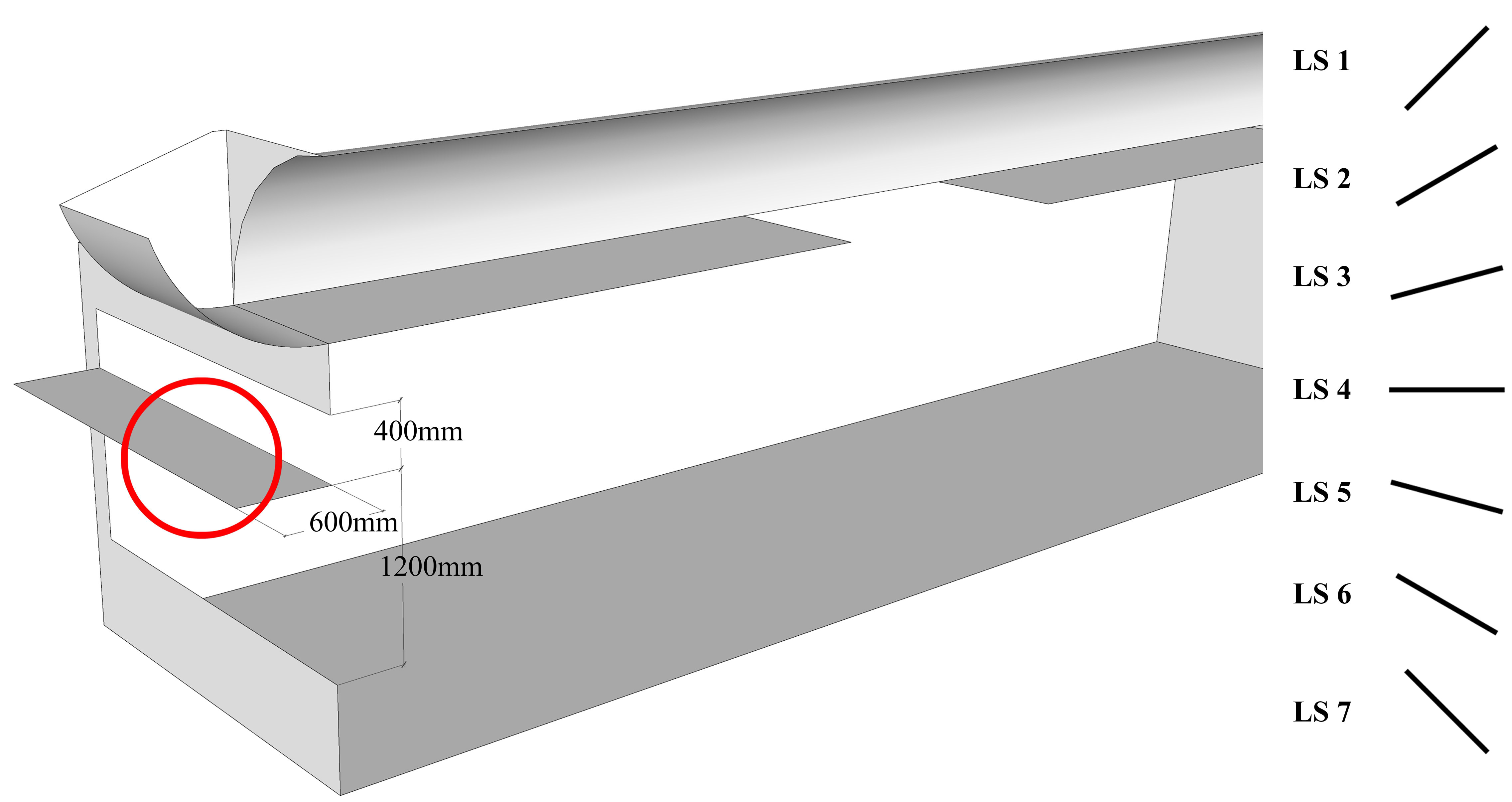 Figure 1
Figure 1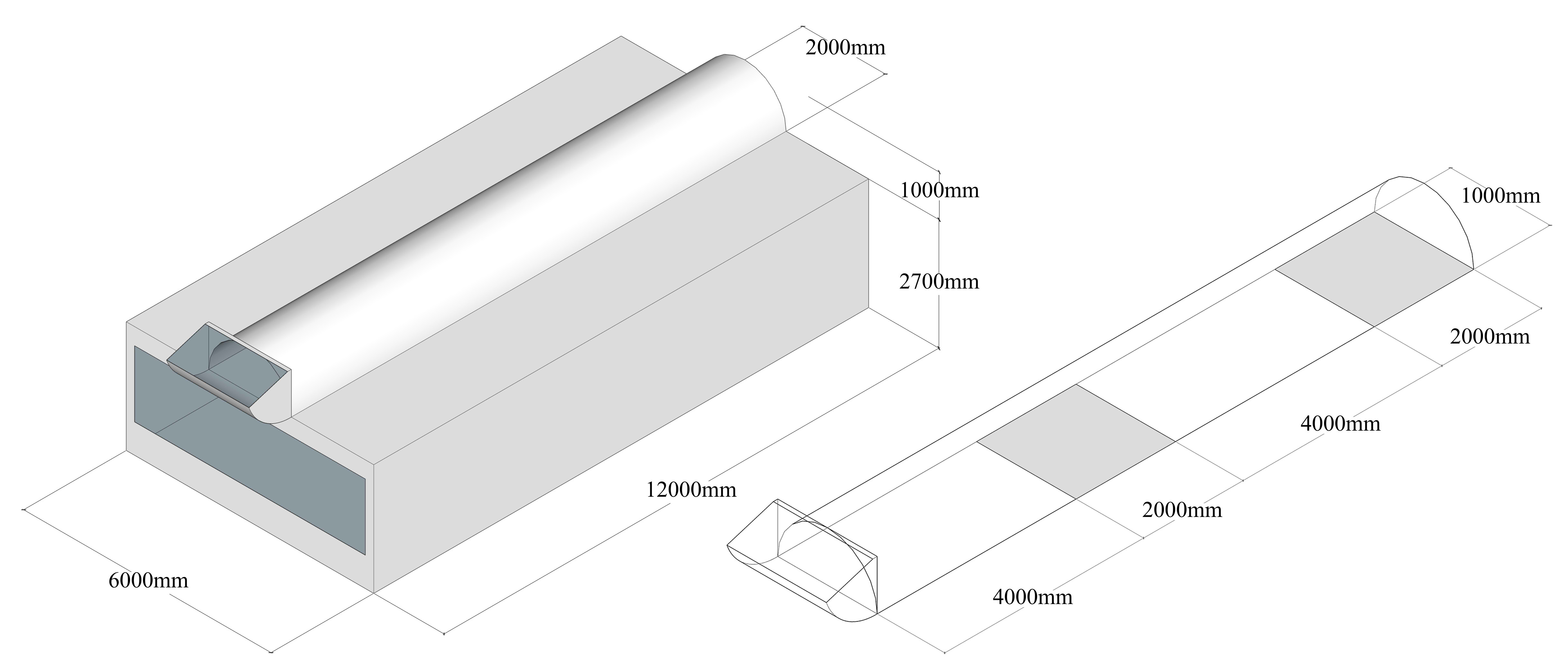 Figure 2
Figure 2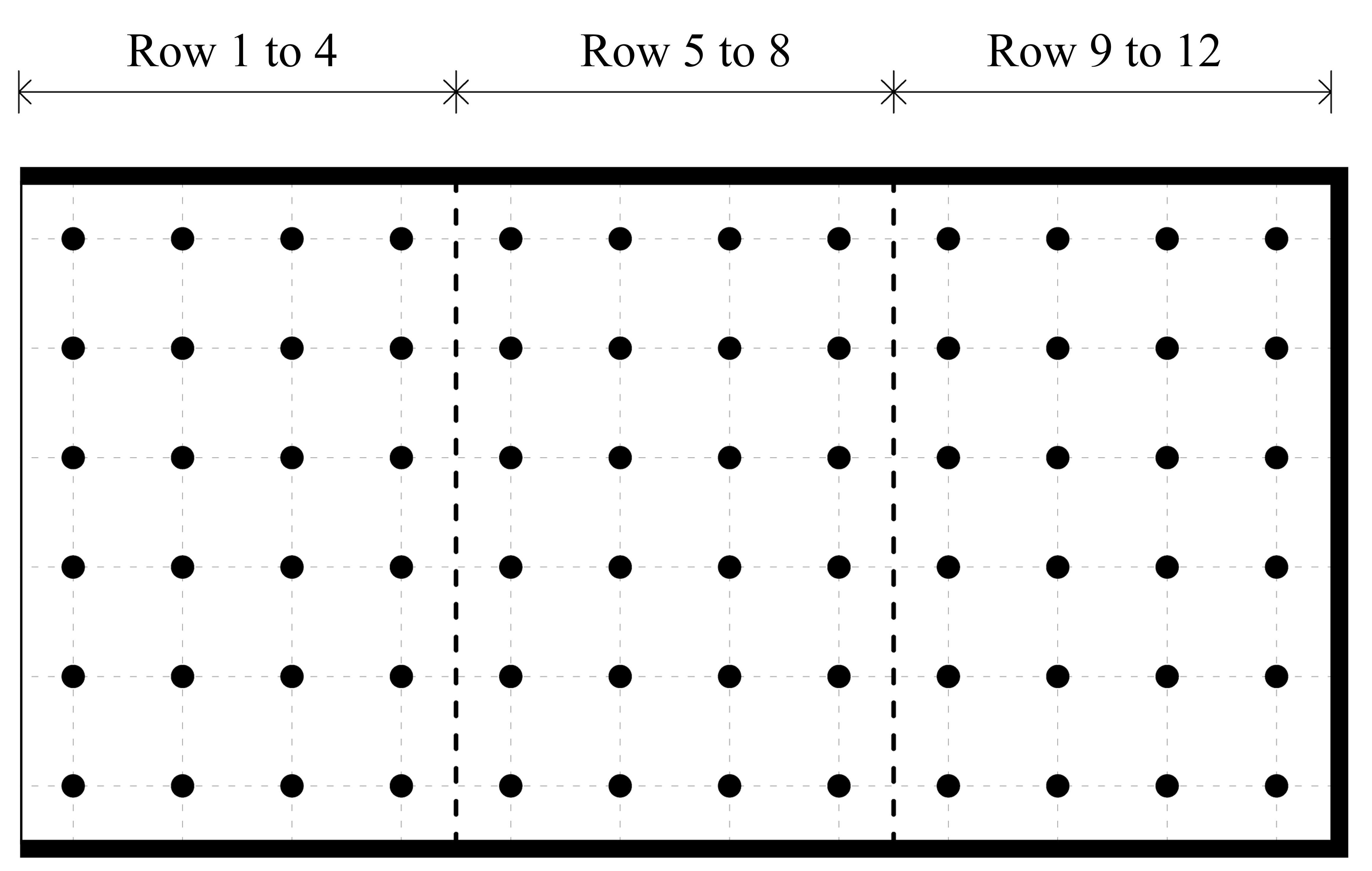 Figure 3
Figure 3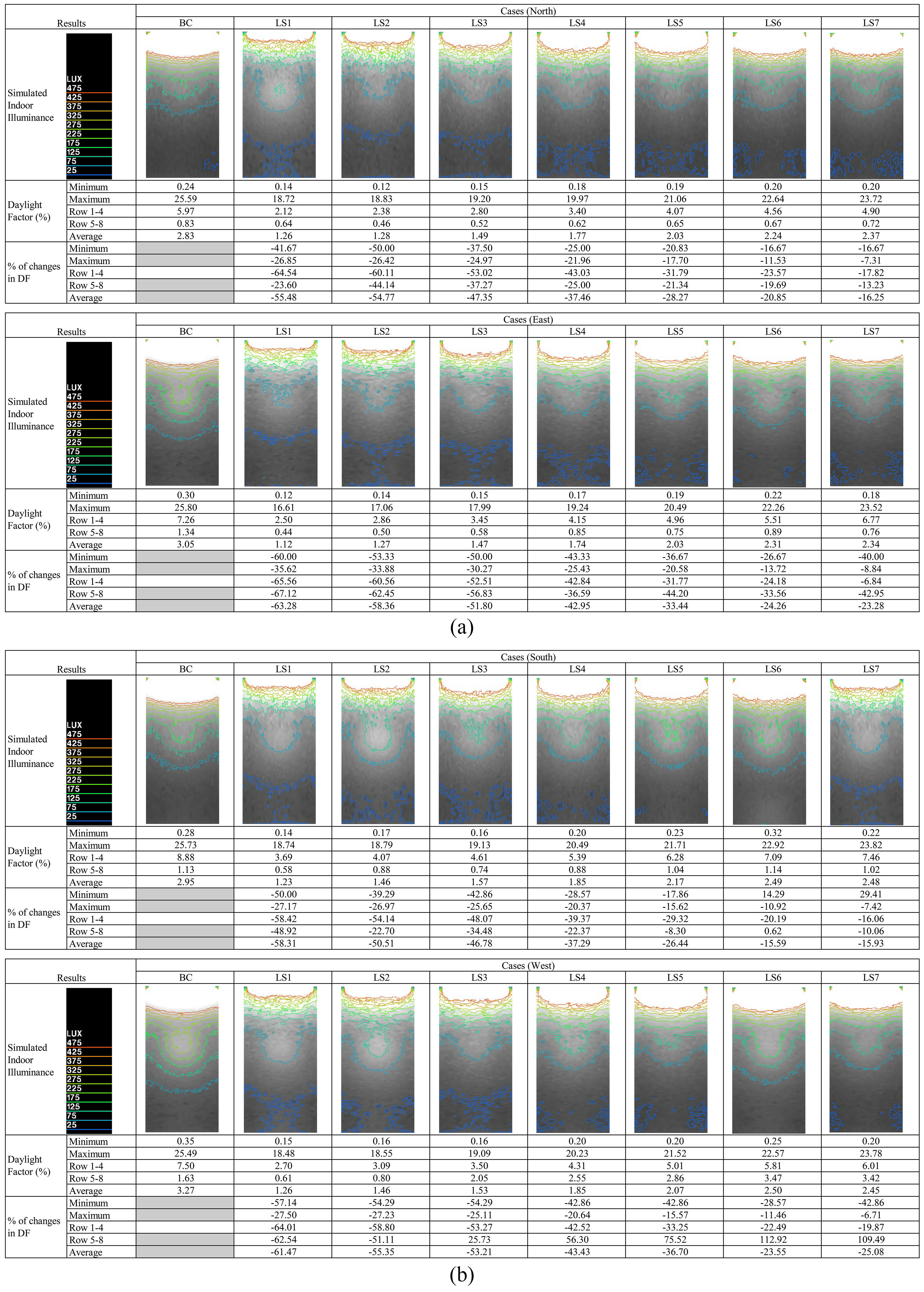 Figure 4
Figure 4 Table 2
Table 2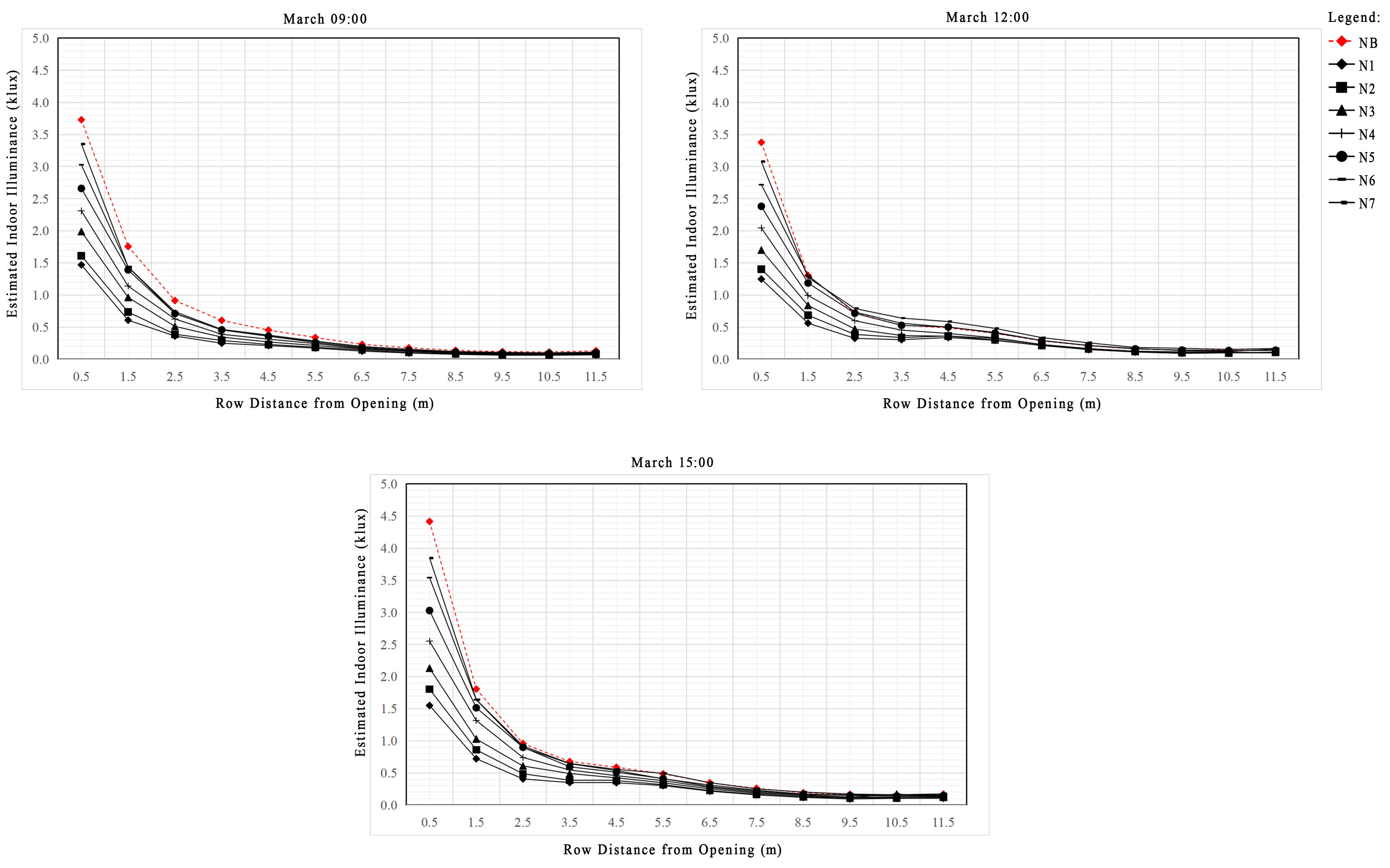 Figure 5
Figure 5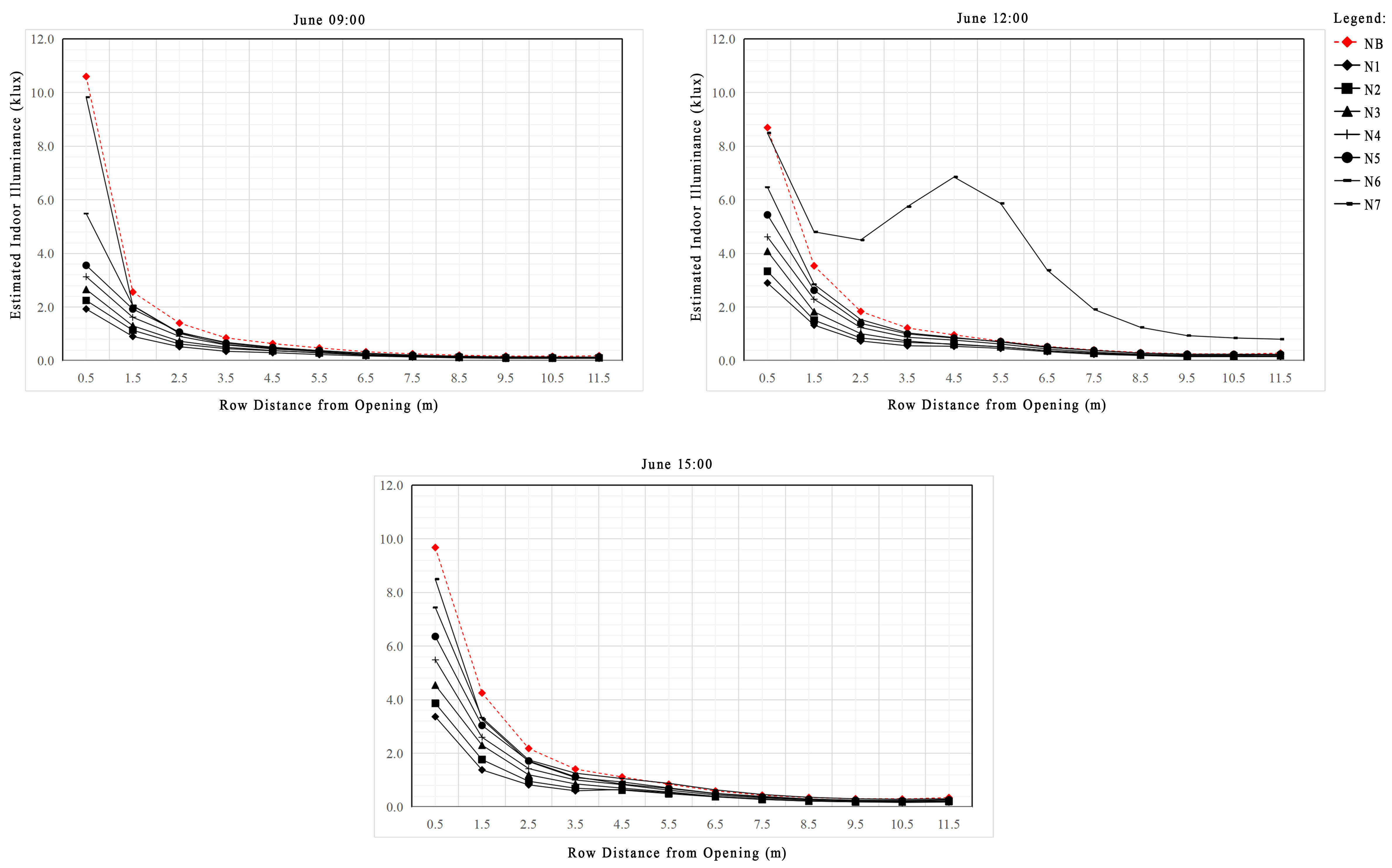 Figure 6
Figure 6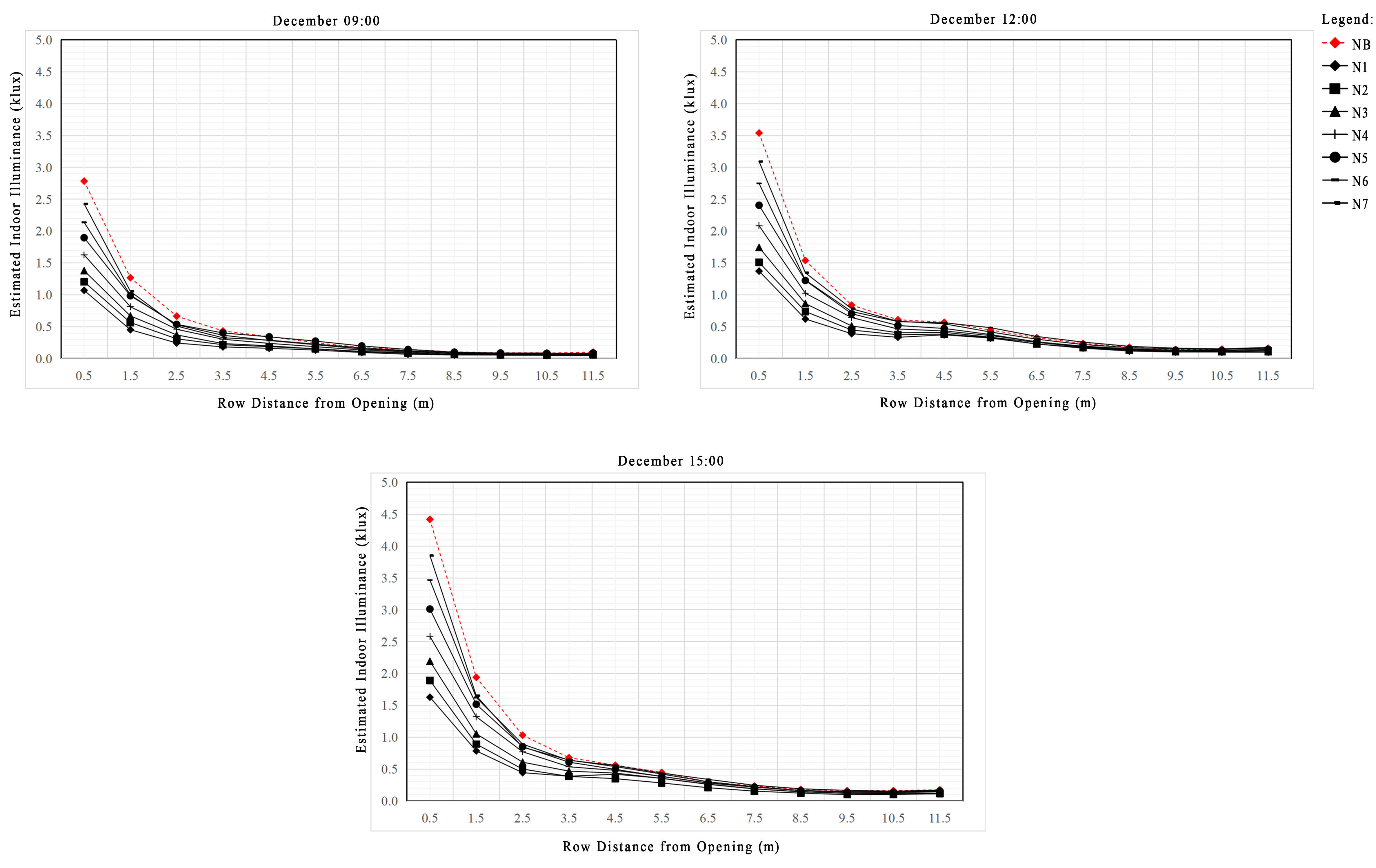 Figure 7
Figure 7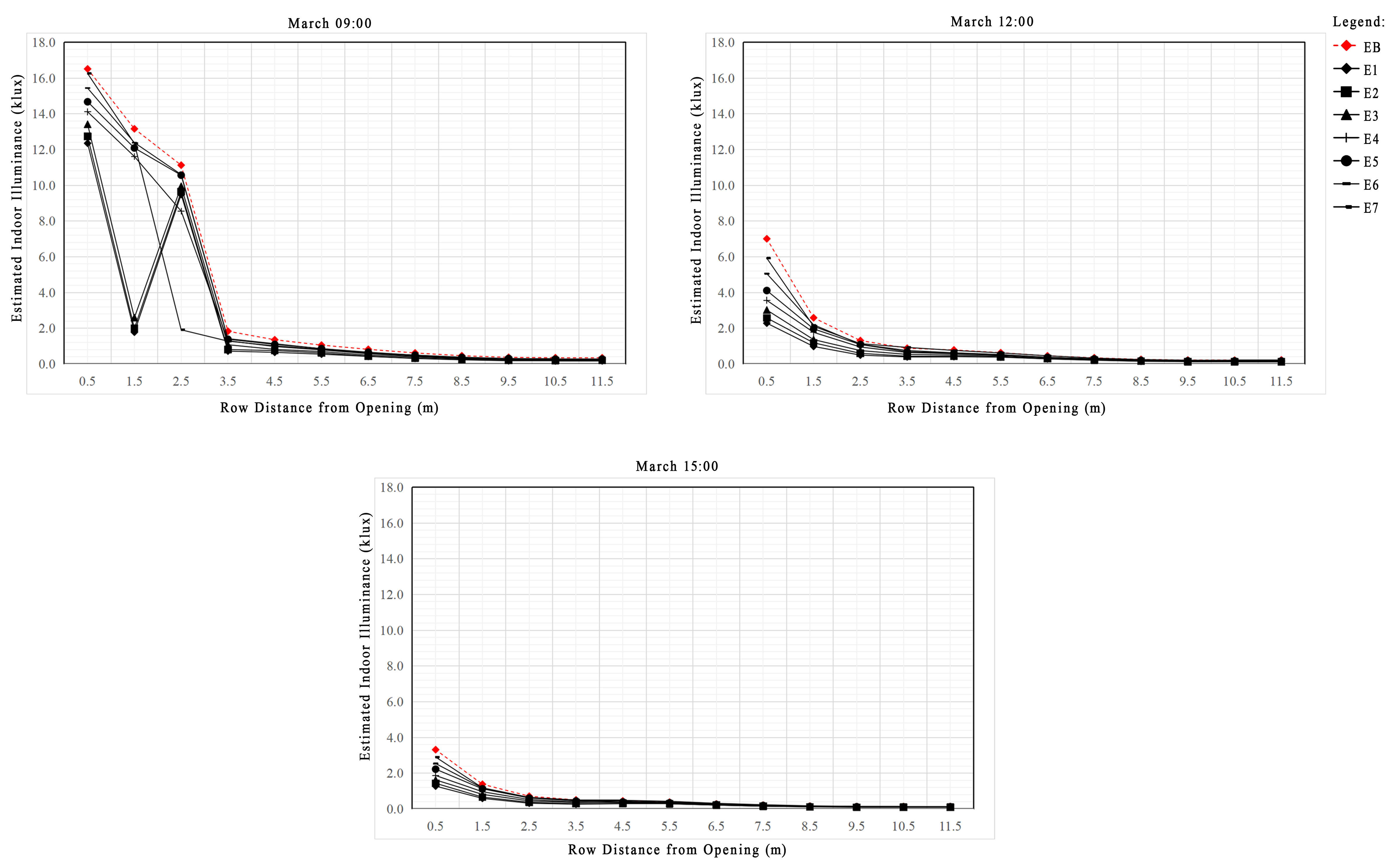 Figure 8
Figure 8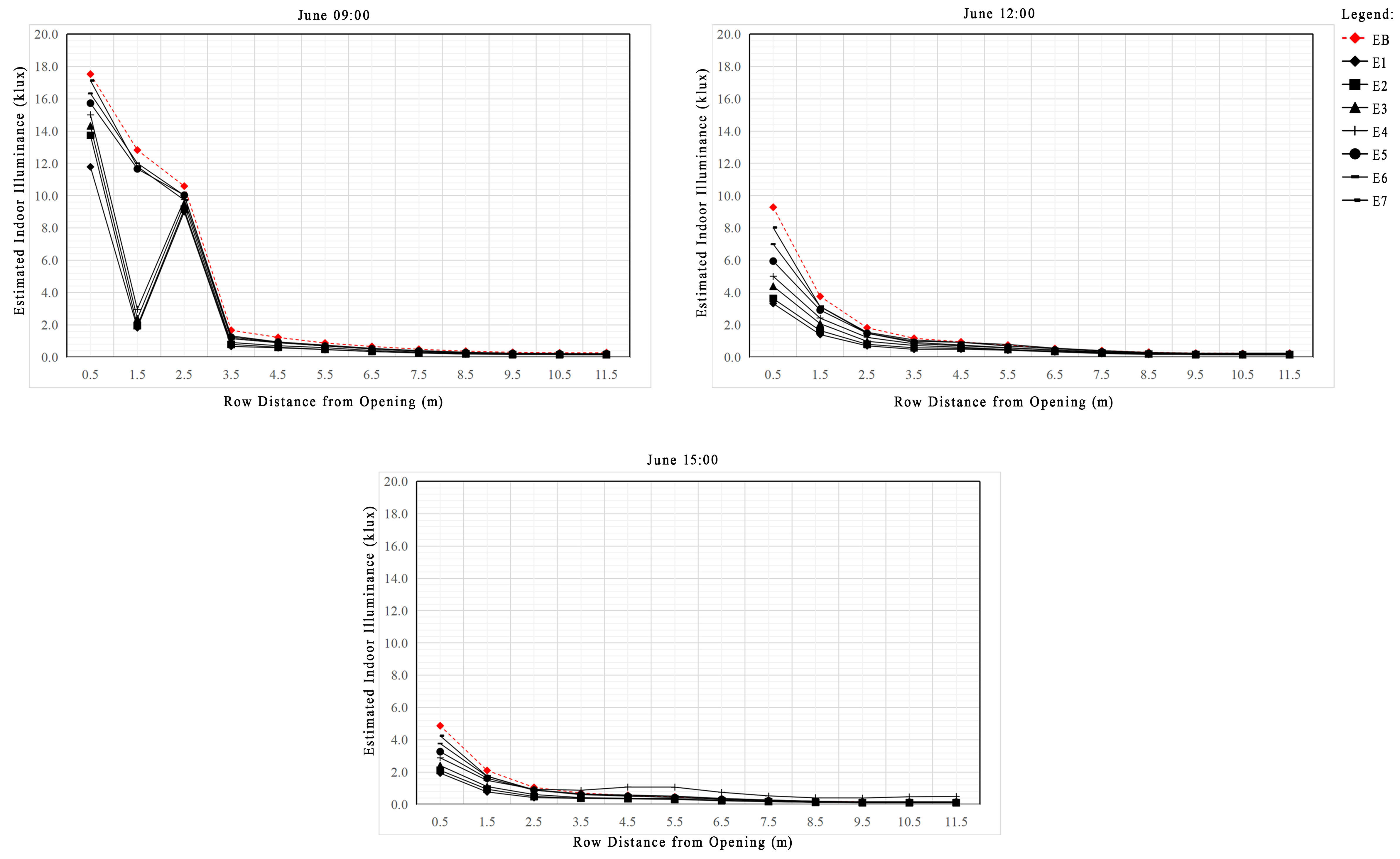 Figure 9
Figure 9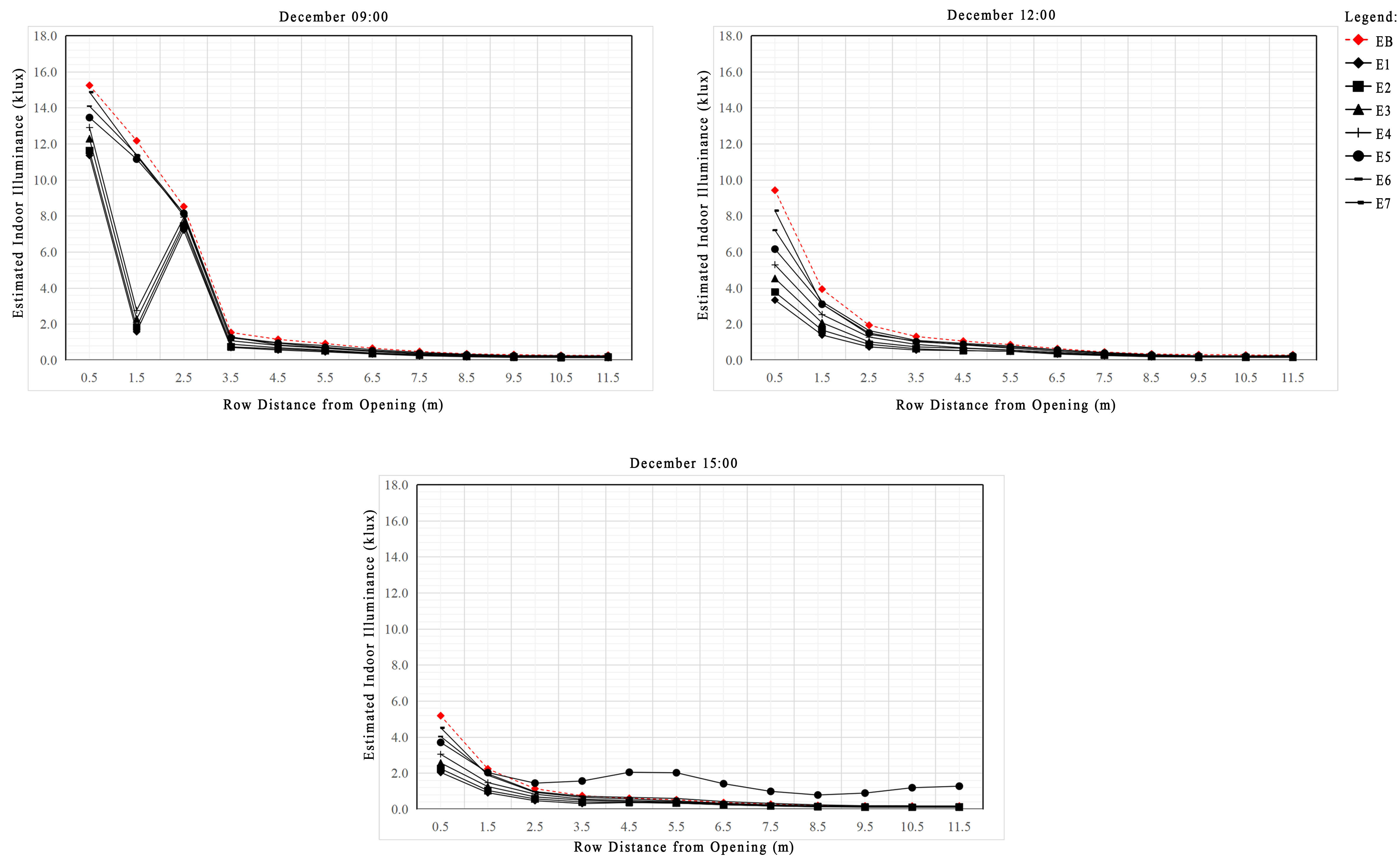 Figure 10
Figure 10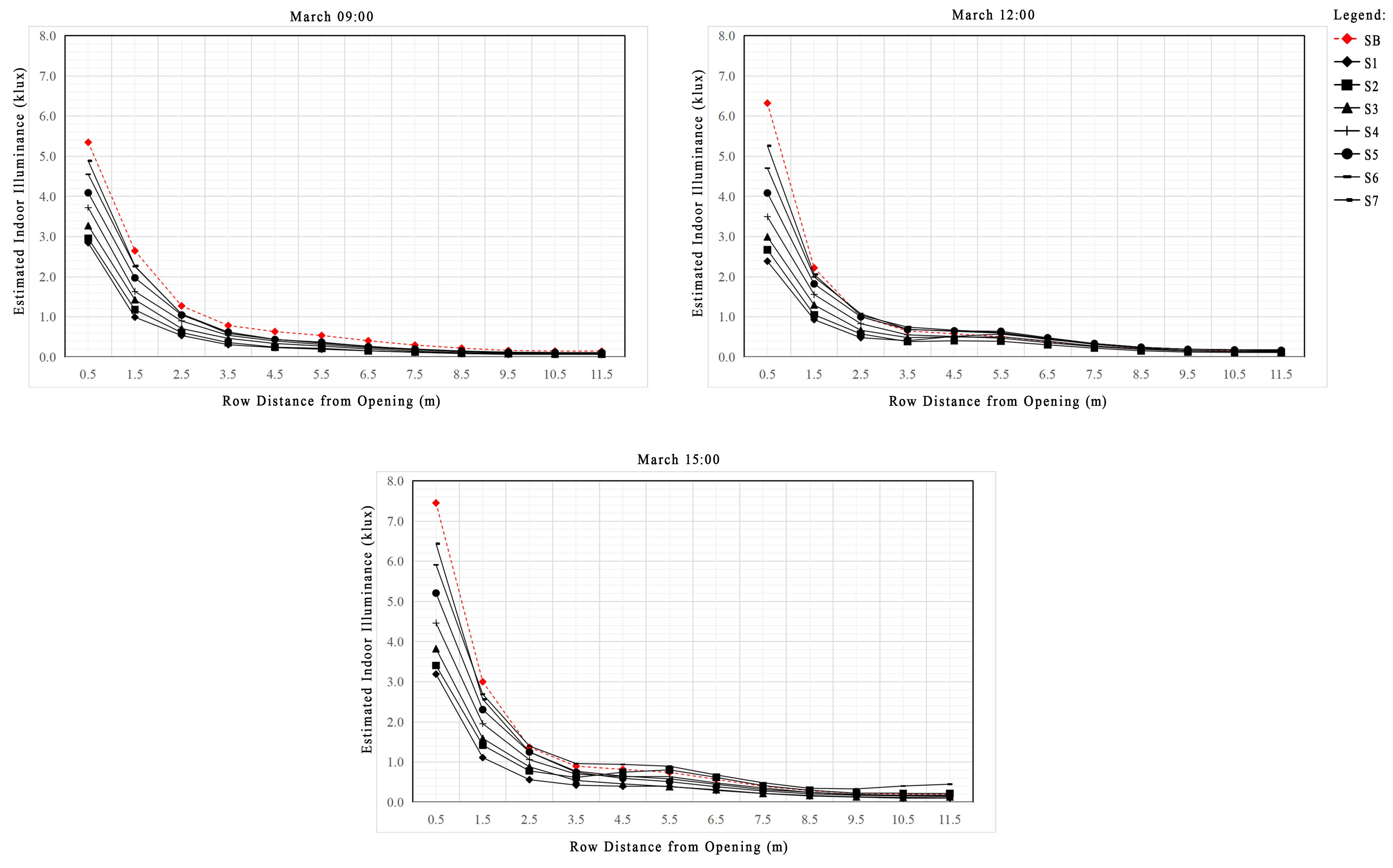 Figure 11
Figure 11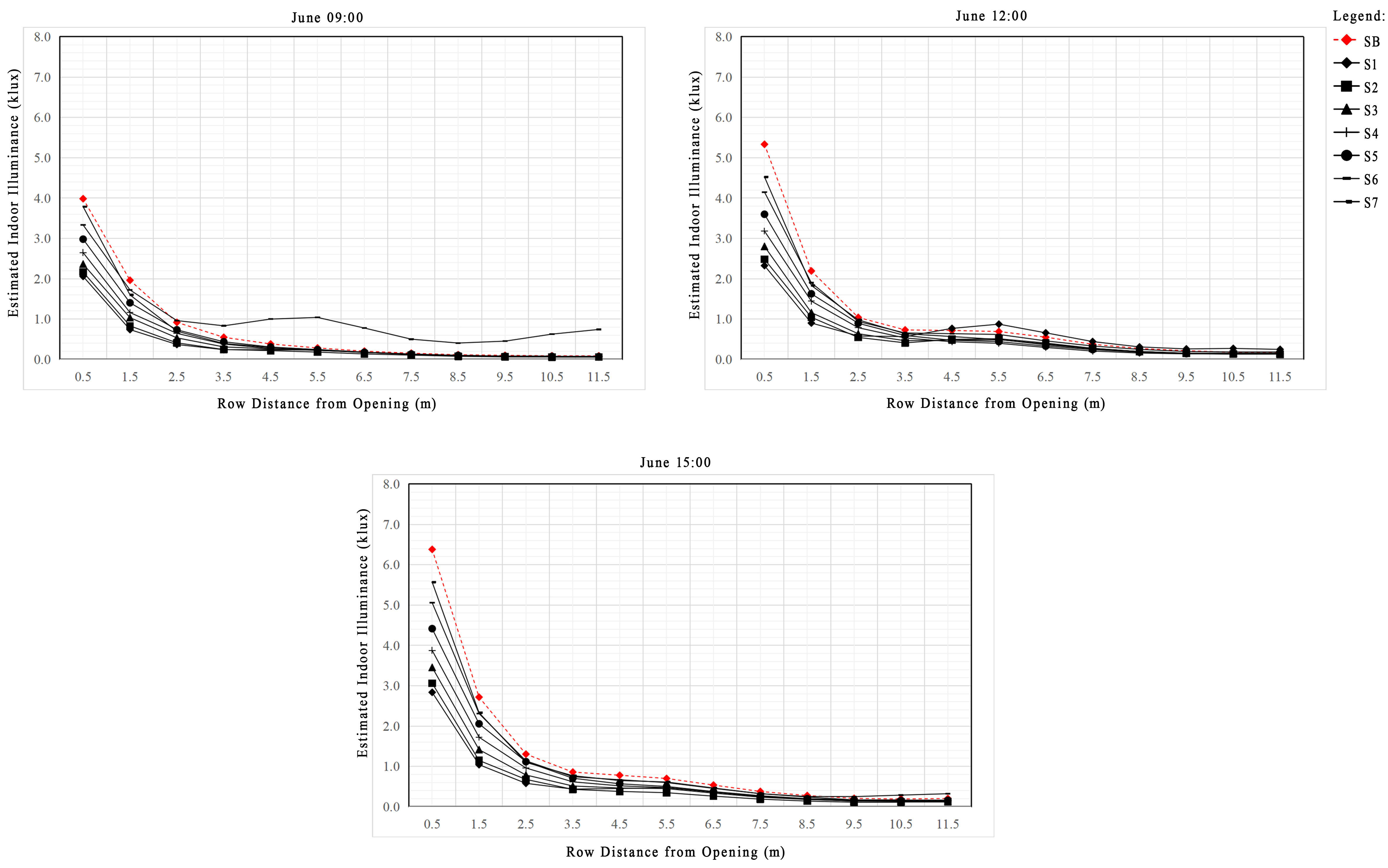 Figure 12
Figure 12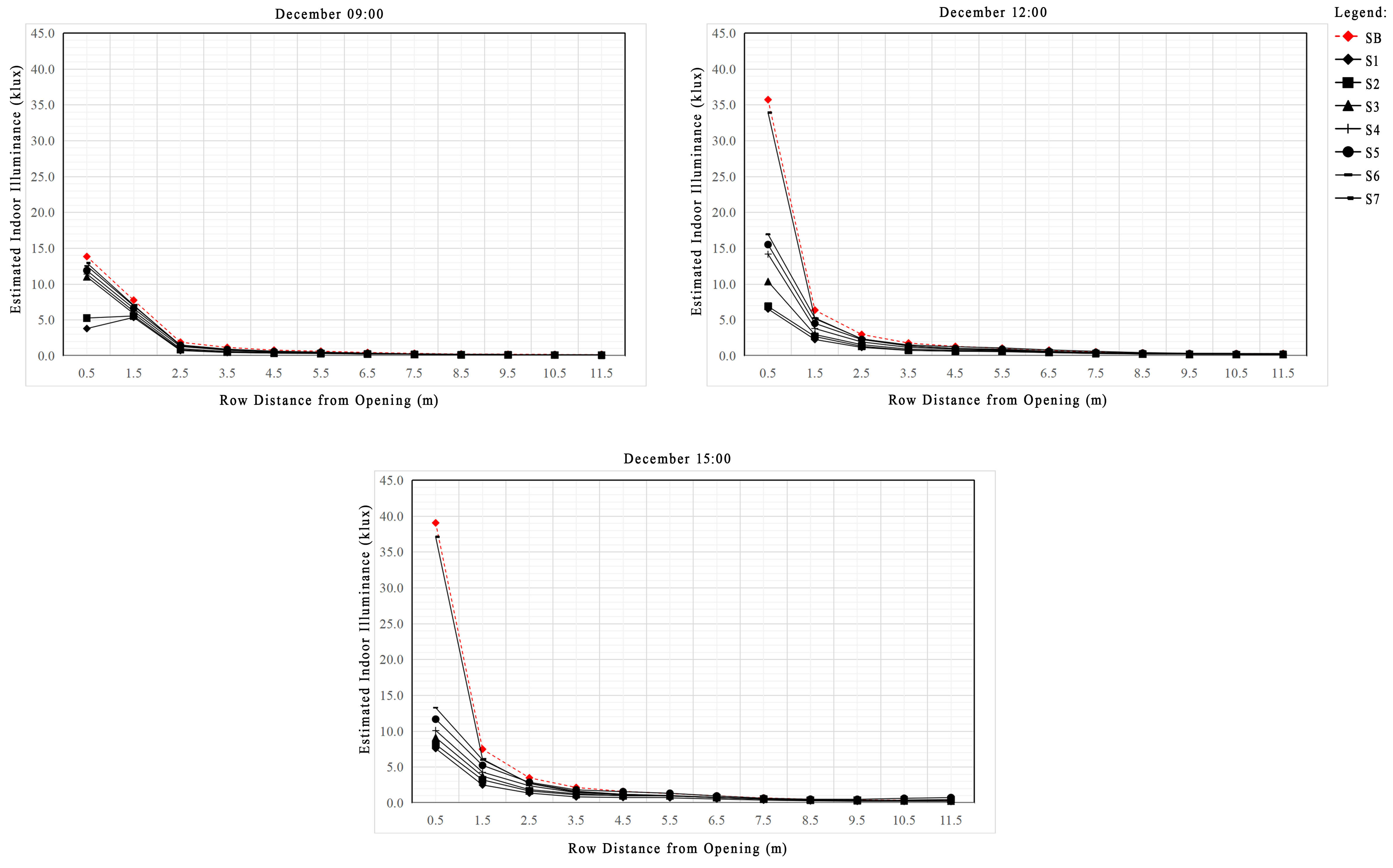 Figure 13
Figure 13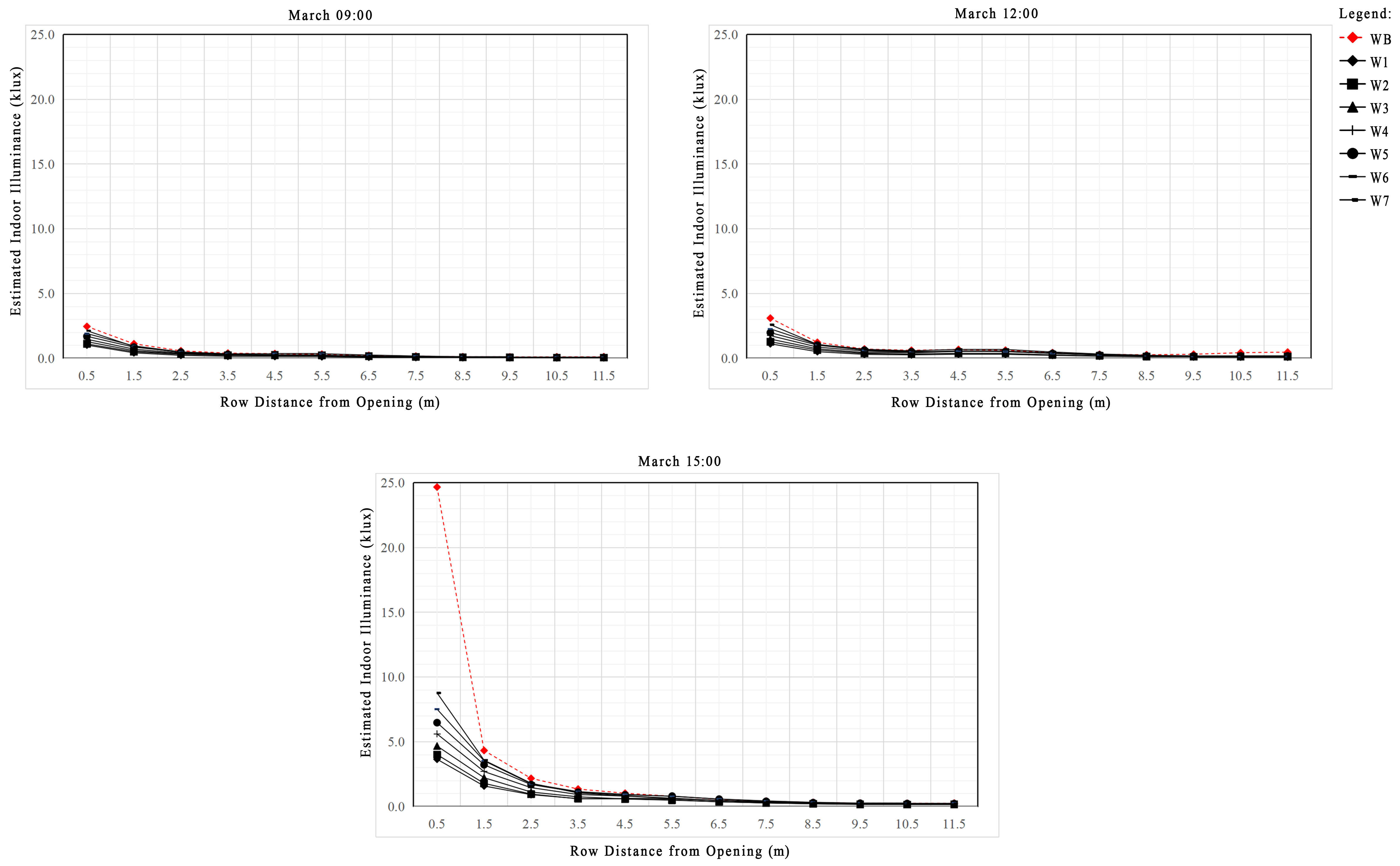 Figure 14
Figure 14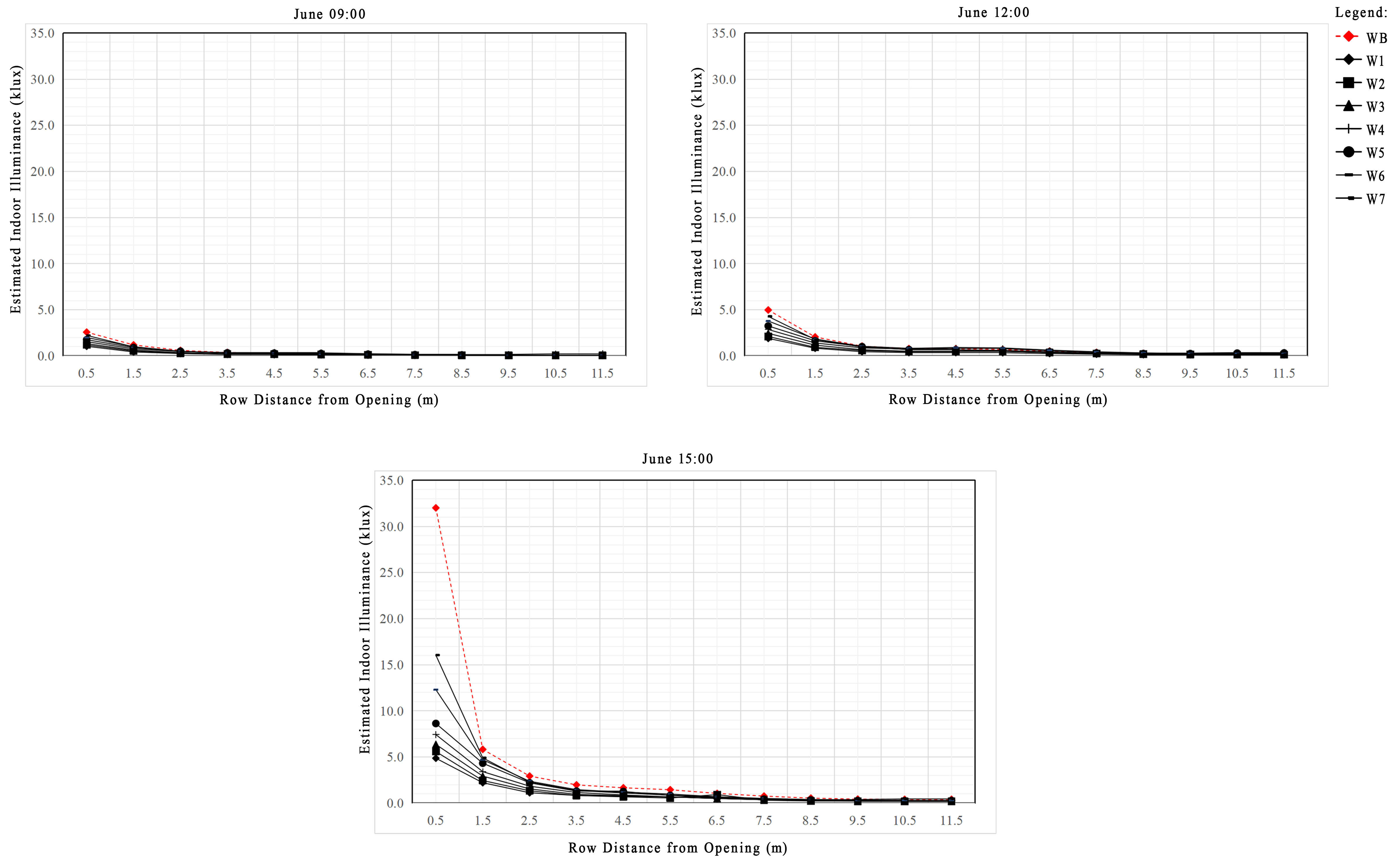 Figure 15
Figure 15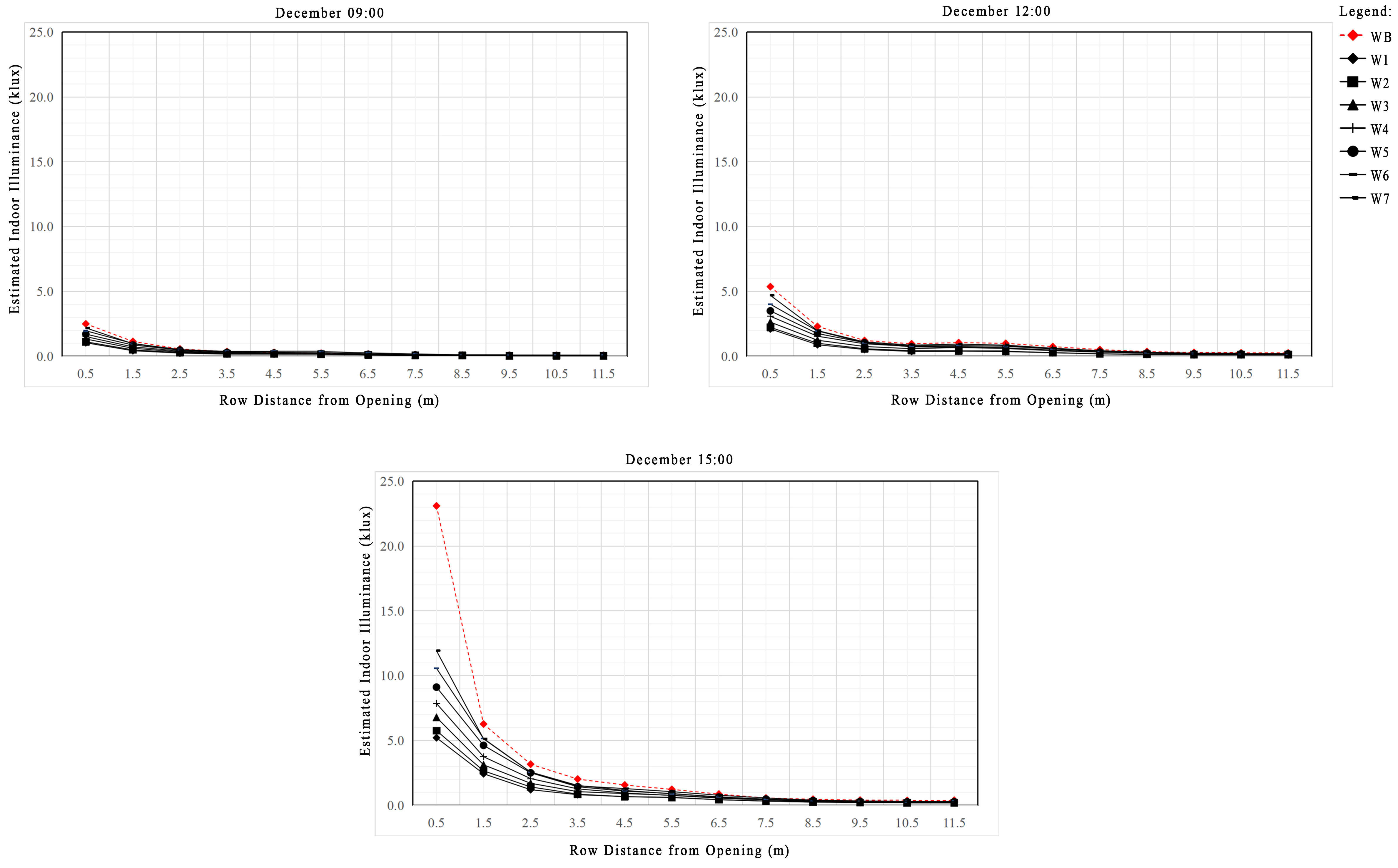 Figure 16
Figure 16 Figure 17
Figure 17 Figure 18
Figure 18








